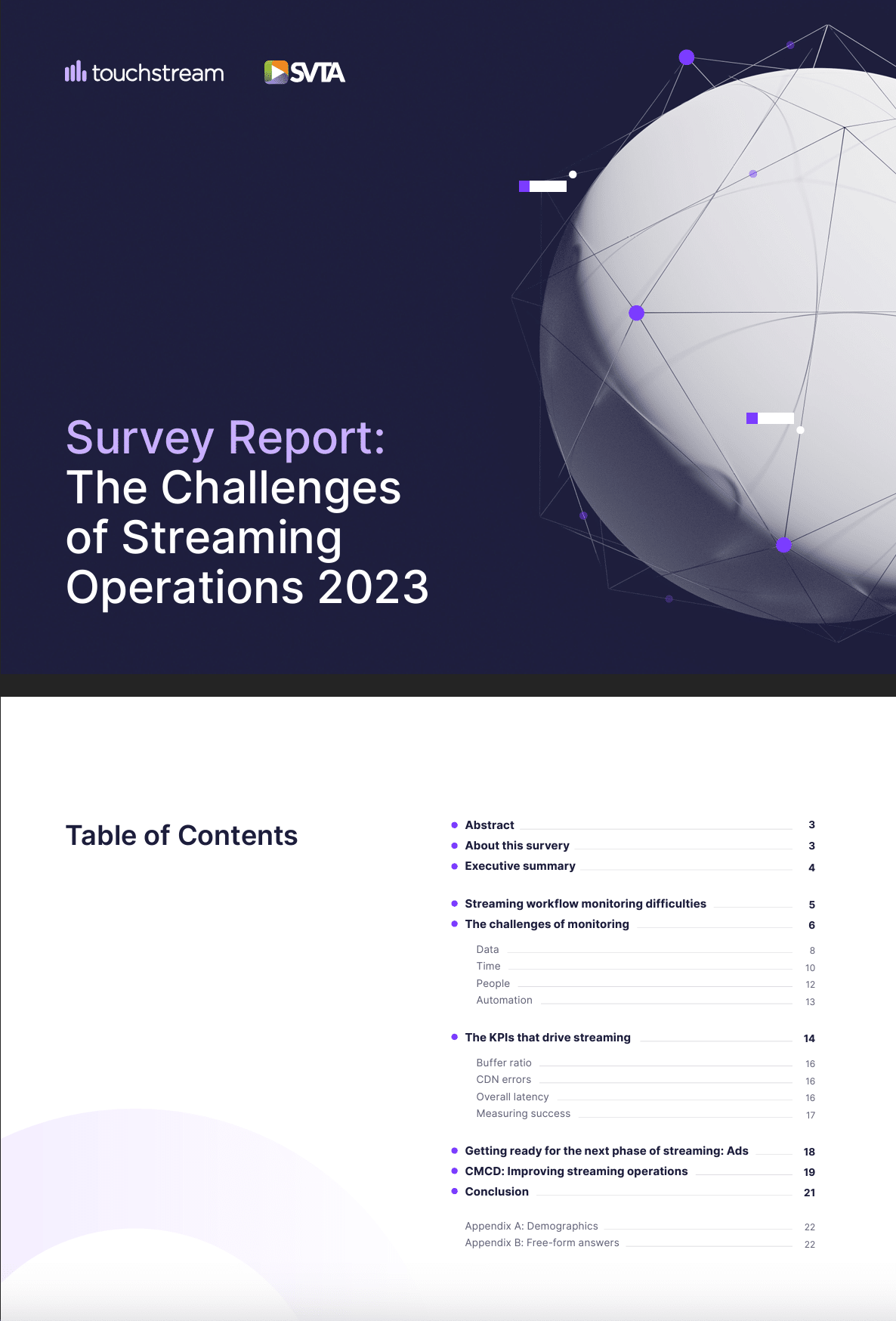
A Look Into the Operational Challenges of Monitoring Video Streaming
One of the main reasons we started the SEGMENTS conference was because we saw a gap in the industry: no one was talking about operational issues. The industry events focused either on the technology stack or the business models/market. So we felt that the SVTA








